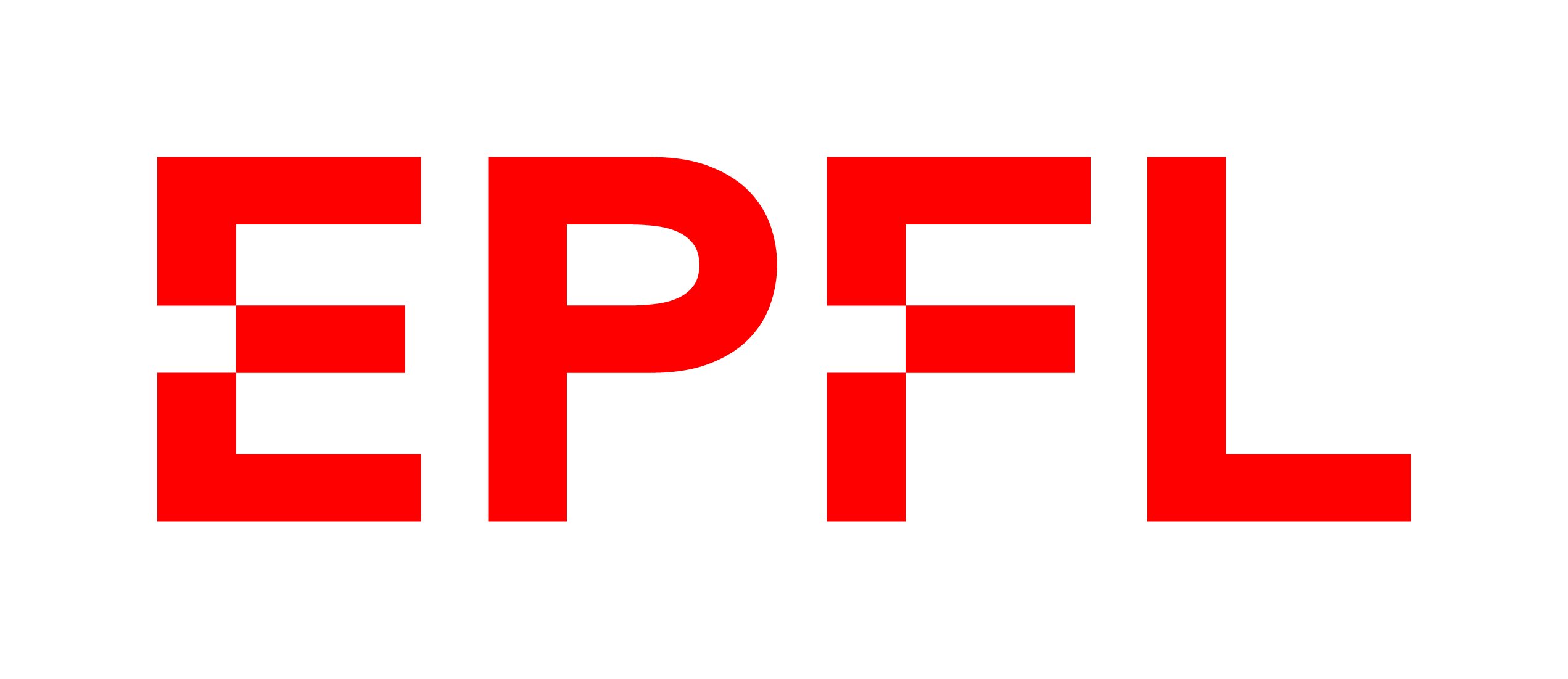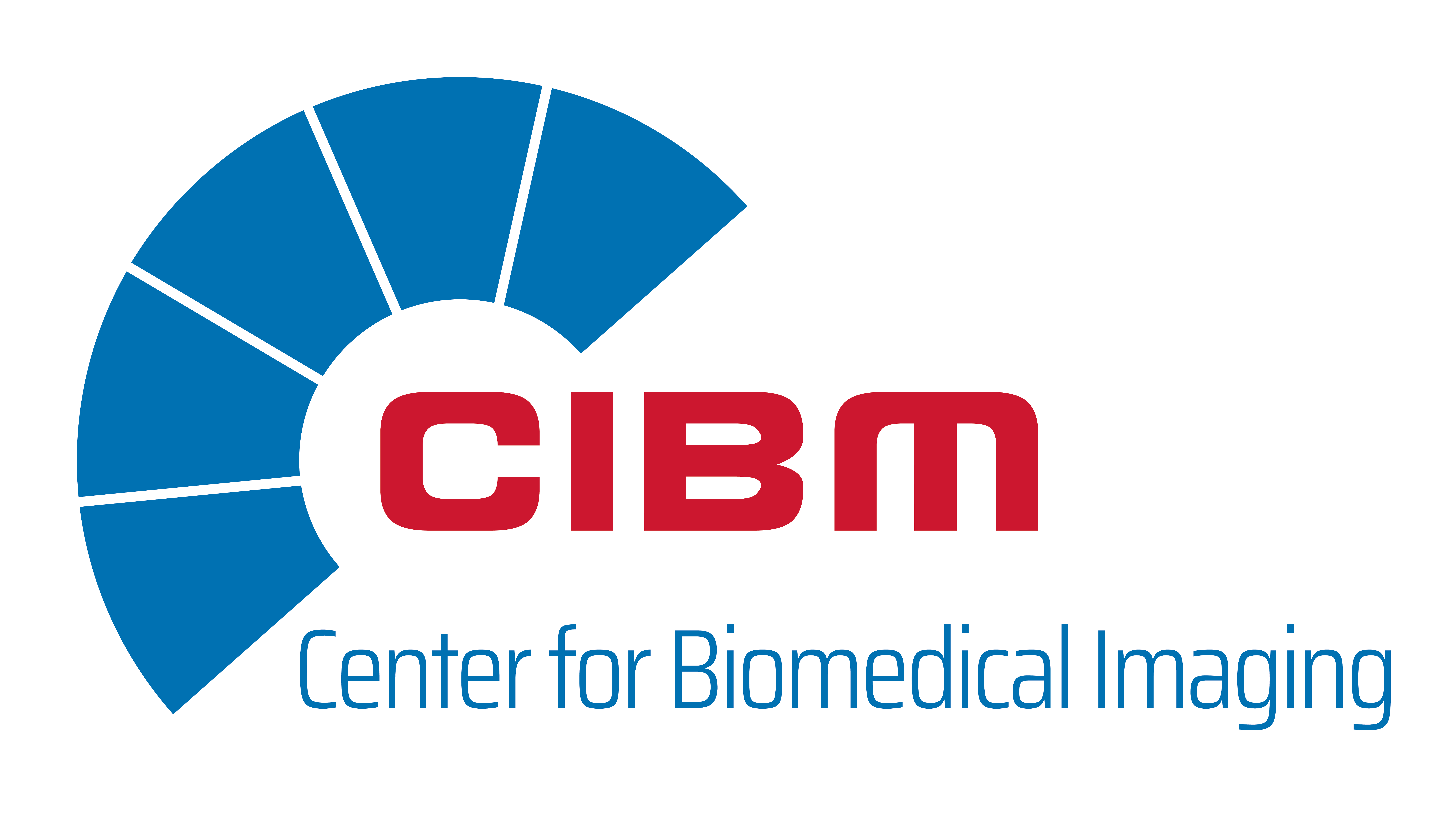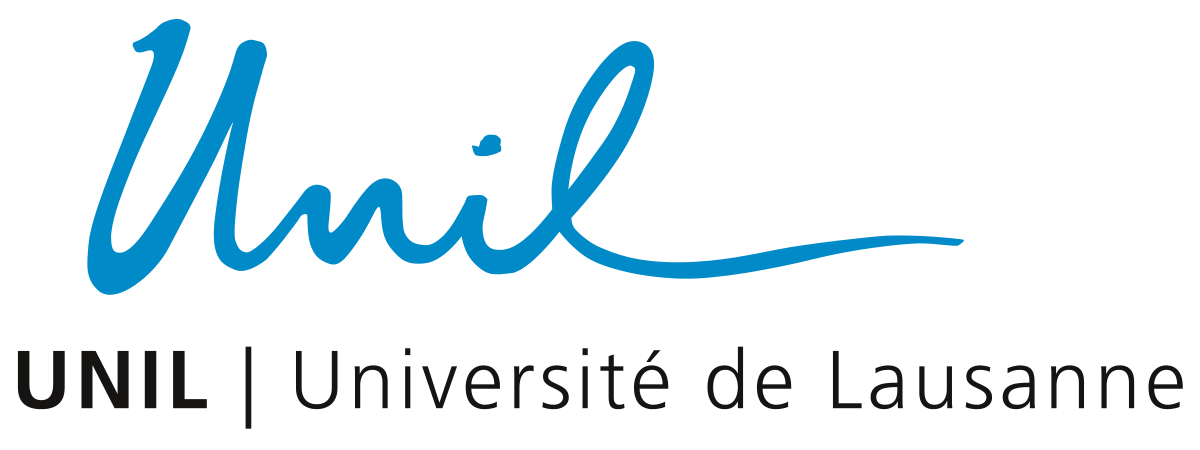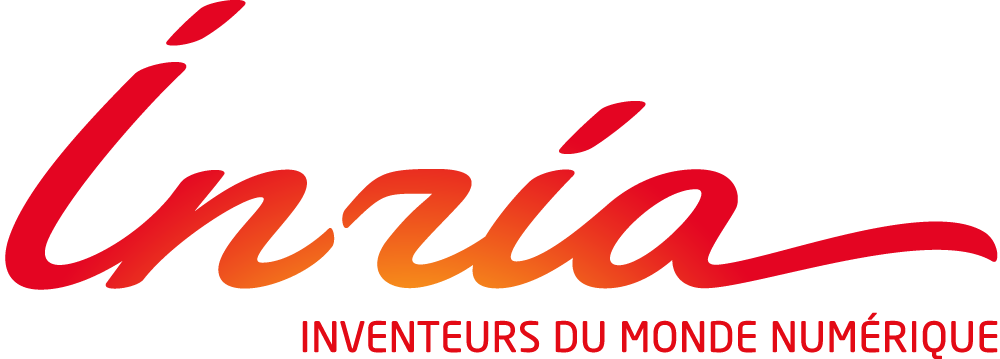WELCOME to the MICCAI CDMRI 2021 DiSCo Challenge
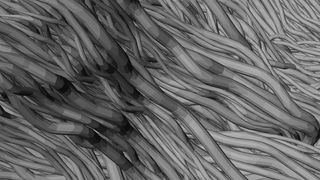
The methodological development in the mapping of the brain structural connectome from diffusion-weighted magnetic resonance imaging (DW-MRI) has raised many hopes in the neuroscientific community. Indeed, the knowledge of the connections between different brain regions is fundamental for studying brain anatomy and its function. The reliability of the structural connectome is therefore of paramount importance. The main goal of this challenge is to evaluate the performance of quantitative connectivity pipelines:
- DW-MRI pre-processing methods,
- Algorithms for fibre orientation distributions estimation,
- Tractography algorithms,
- Tractography filtering methods,
- Algorithms for the calculation of connectivity strength.
For this scope, we have designed three datasets of simulated diffusion-weighted images from three numerical phantoms and an evaluation framework for quantitative tractography. The phantoms are composed of a large collection of synthetic tubular fibres with diameters ranging from 1.4 μm to 4.2 μm (approximately 12,000 fibres), connecting distant Regions of Interest (ROIs). The simulation substrates have a micrometric resolution and an unprecedented size of 1 cubic millimetre to mimic an image acquisition matrix of 40x40x40 voxels. Within each voxel, the signal is simulated using Monte-Carlo simulations of spins dynamics using Monte Carlo sampling with a density of one particle per micrometre cube. This is the first time this technique was used to create phantoms of such size and complexity. After the Monte Carlo simulation of the DW-MRI signal, the resulting image header was set to a voxel size of 1.0 mm isotropic (from 25 μm isotropic), for a final image size of 4x4x4 cm3, compatible with standard pipelines. The simulated images capture microscopic properties of the white matter (e.g. fibre diameter, water diffusing within and around fibres, free water compartment), while also having desirable macroscopic properties resembling the anatomy, such as the smoothness of the fibre trajectories. Each phantom has sixteen ROIs, forming 120 possible connections (distinct pairs of ROIs).
Participating teams will be provided with a label map of the ROIs defining the connectivity endpoints and will have to submit a 16x16 weighted connectivity matrix . The estimated connection strength between any two ROIs will be compared to the ground truth total cross-sectional area of the axon-like structures connecting both ROIs. Participants will have access to one dataset for training and one dataset for validation. Participants will have to submit their estimated connectivity on a third test dataset. The Pearson correlation coefficient between the ground truth matrix of the test phantom and the submitted matrix will determine the team's' ranking.
Ideally, quantitative connectivity estimation for pairs of ROIs with few interconnecting synthetic fibres should be weaker than for pairs of areas with several interconnecting synthetic fibres. An evaluation and ranking of the submission in this sense could prompt the improvement of tractography methods for quantitative structural connectivity estimation in clinical or neuroscientific settings, where we expect to find connectivity estimates directly related to the number of interconnecting axons. Accordingly, participants have to prepare their submission using relevant connectivity pipelines and refrain from developing new methods tailored to the datasets of the challenge. Overall, the challenge will provide unique datasets and analysis to foster the development of tractography and connectivity estimation methods using the rich information available from the complex microstructural organization of the white matter.
